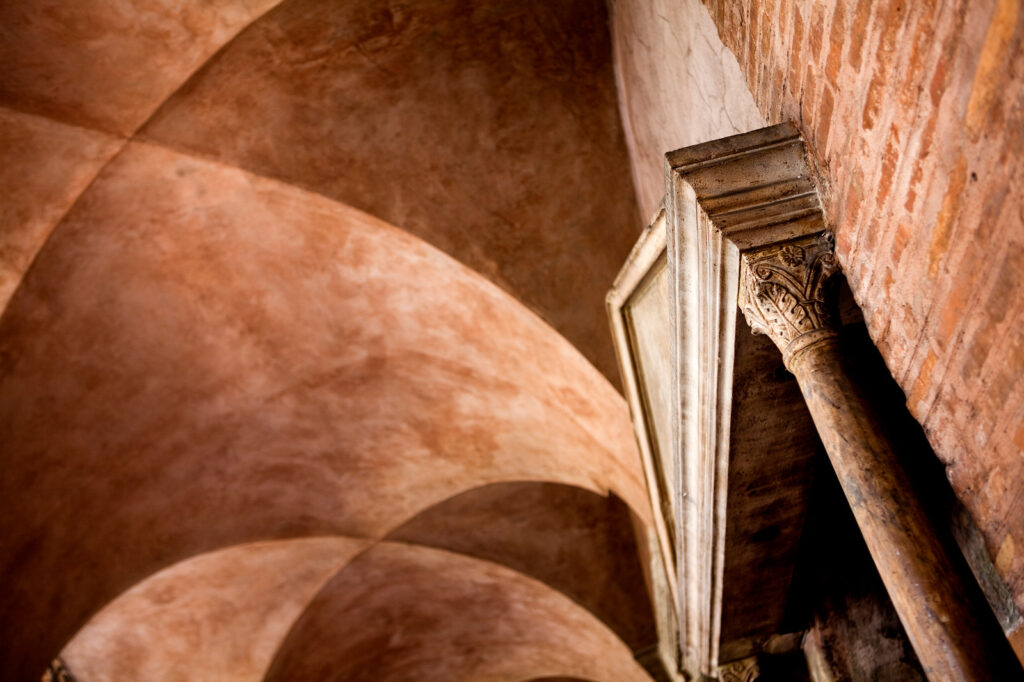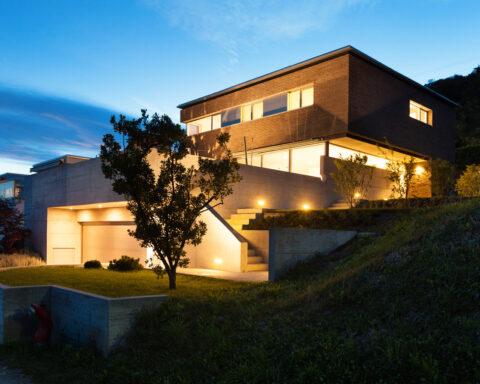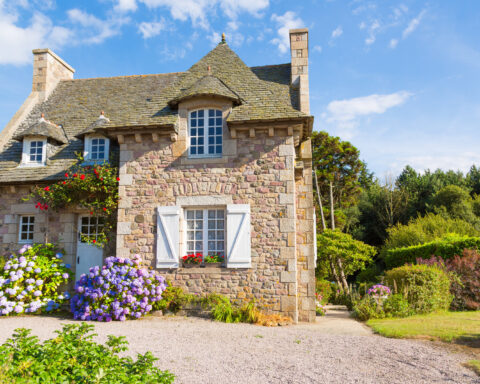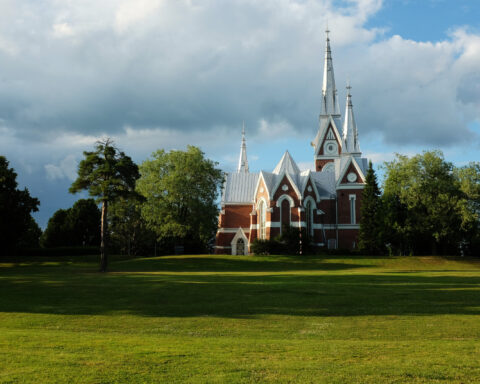Italian architecture style refers to the style used for the construction of buildings in Italy. There is one style that is associated with Italian architecture. There are multiple styles that have been implemented over the centuries. Italy was one of the leaders in the renaissance movement and the construction styles have made Italian buildings famous. There are nine different styles that can be considered while defining Italian architecture style.
Styles in Italian Architecture

1) Etruscan style
The Etruscan period is from the 8th century BC and was in vogue until the 1st century BC. This style was more predominant in central Italy. Tuscany is one of the examples of the Etruscan architecture. Some of the key features of this style were arches, tombs, and amphitheaters.
2) Greek style
Italian architecture was inspired by the Greek style of architecture. Evidence of this can be seen in Sicily and many parts of Southern Italy. The classic Greek style was used in the construction of temples. The extensive use of columns define this style of architecture. The façade with the tympanum was a defining feature.
3) Ancient Roman style
From the first century BC to the 5th century AD, the ancient Roman style developed and was in vogue. This was the glorious period of Roman rule. Arenas, amphitheaters, temples, and the city walls are testament to this style. The Colosseum, Pantheon, and Pompeii city are examples of this style of architecture.
4) Byzantine style
During the medieval period, i.e.: from the sixth to the seventh century AD, the Byzantine style was popular. Emperor Constantine’s influence was seen during this period. The construction of churches that had round arches are testament of the Byzantine style of construction.
5) Romanesque style
The Romanesque style evolved around the 10th century and its influence lasted until the 13th century. This style can be seen in the Cathedrals at Moderna and Parma and in various churches in Milan. This style become popular and was an evolved version of the ancient Roman style.
6) Gothic style
This style is seen from the 13th century and lasted until the 16th century. The use of the pointed arch in construction was a defining element of this style. The incorporation of this style led to the conversion of Romanesque to Gothic style. Elements like gargoyles were introduced in buildings during this period.
7) Renaissance style
This style of architecture evolved during the 15th and 16th century where Italy excelled in the field of art and architecture. There are many monuments today that are testimony to the brilliance of this style of architecture.
8) Baroque style
The Baroque style was popular during the 17th and 18th century. In this style, the appearance of the building and the structure were seen as separate entities. The use of stucco and marble helped enhanced appearance. The streets and squares in many places in Italy are evidence of the Baroque style. The use of stairs, fountains, and monuments are testaments to this style.
9) Modernist style
The style followed today is the modernist approach. The style is referred to as Art Nouveau and involves the use of urban design.




